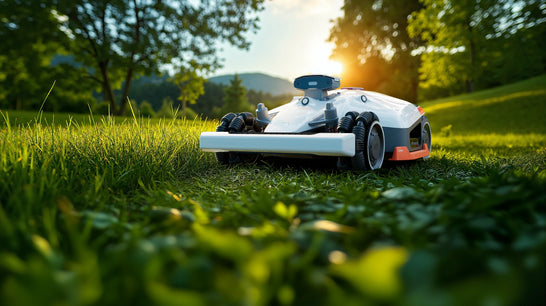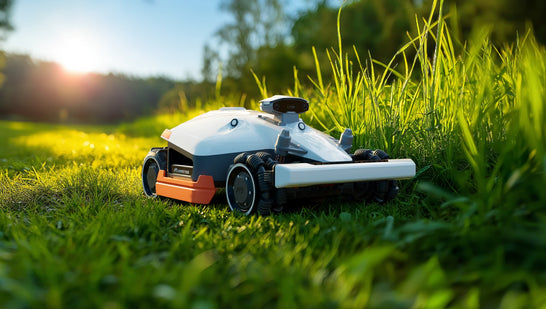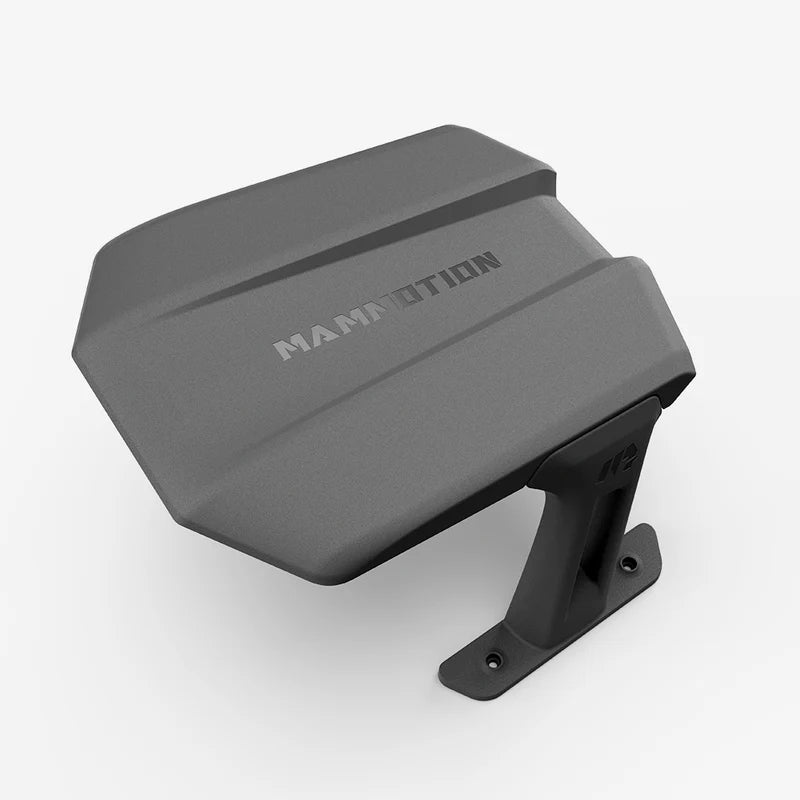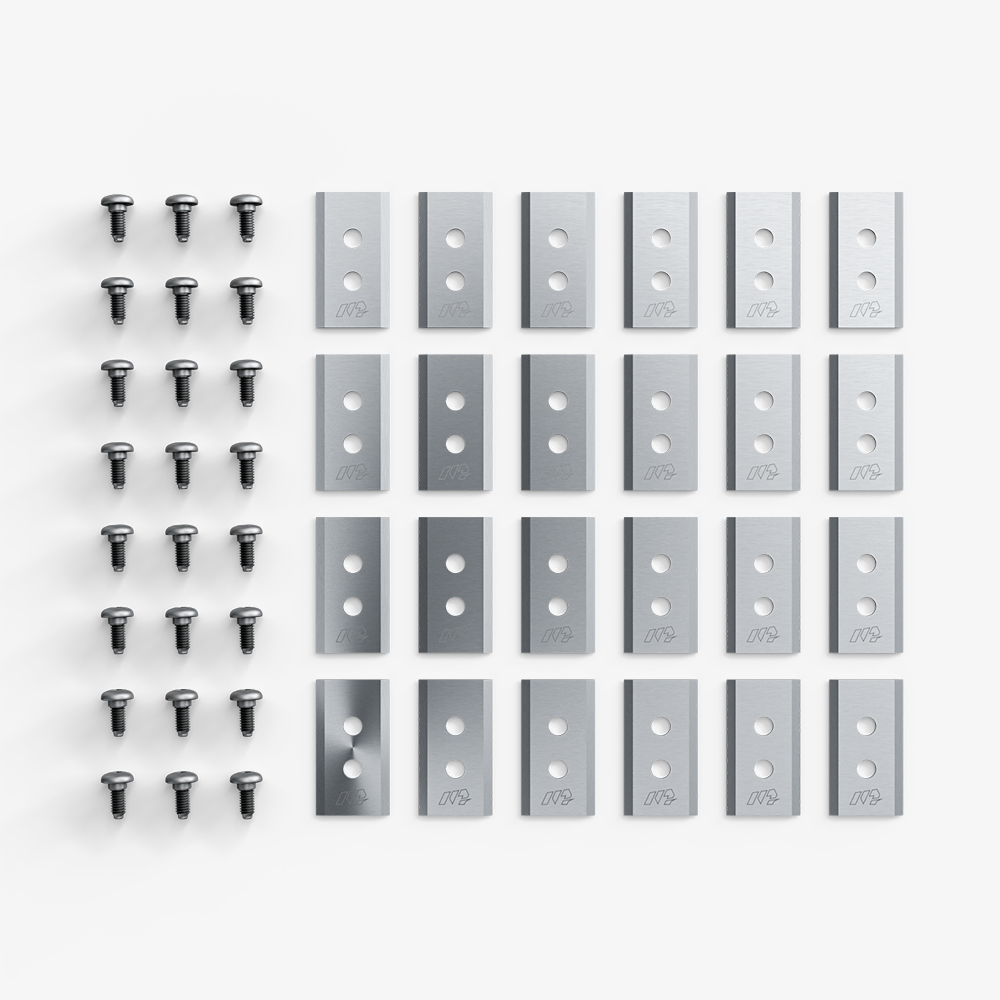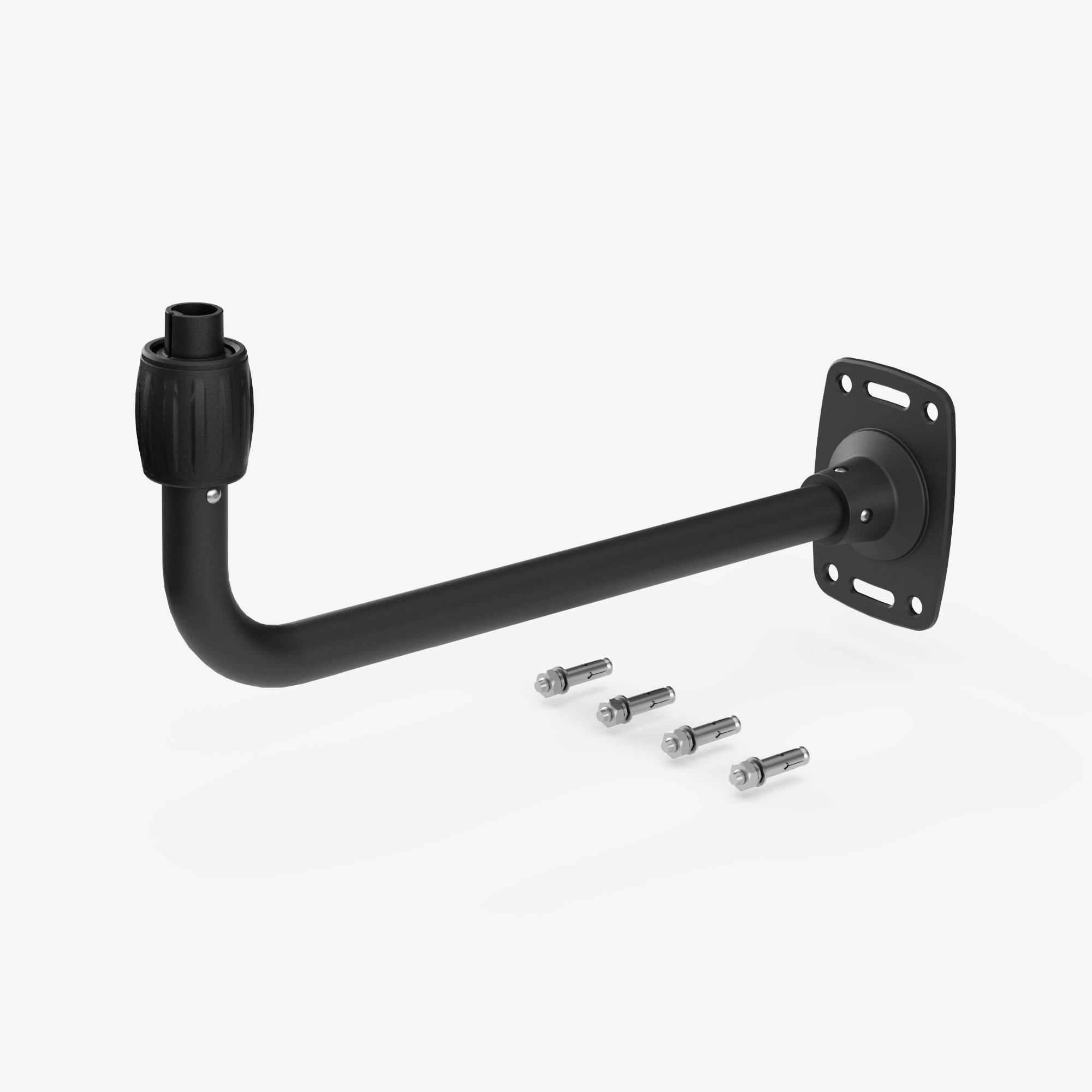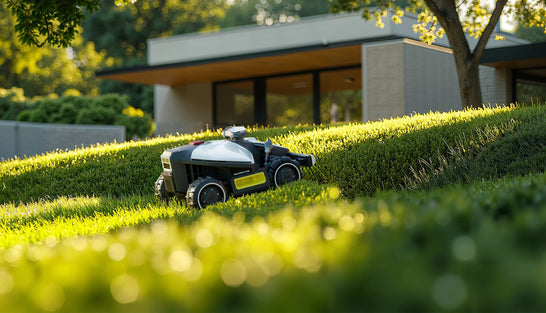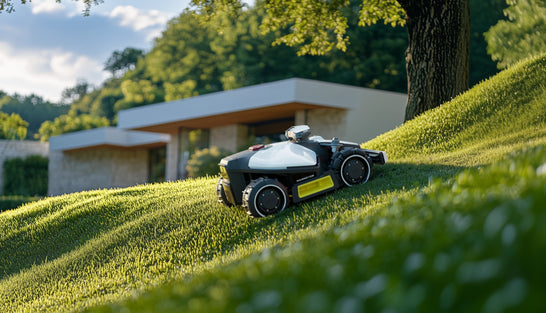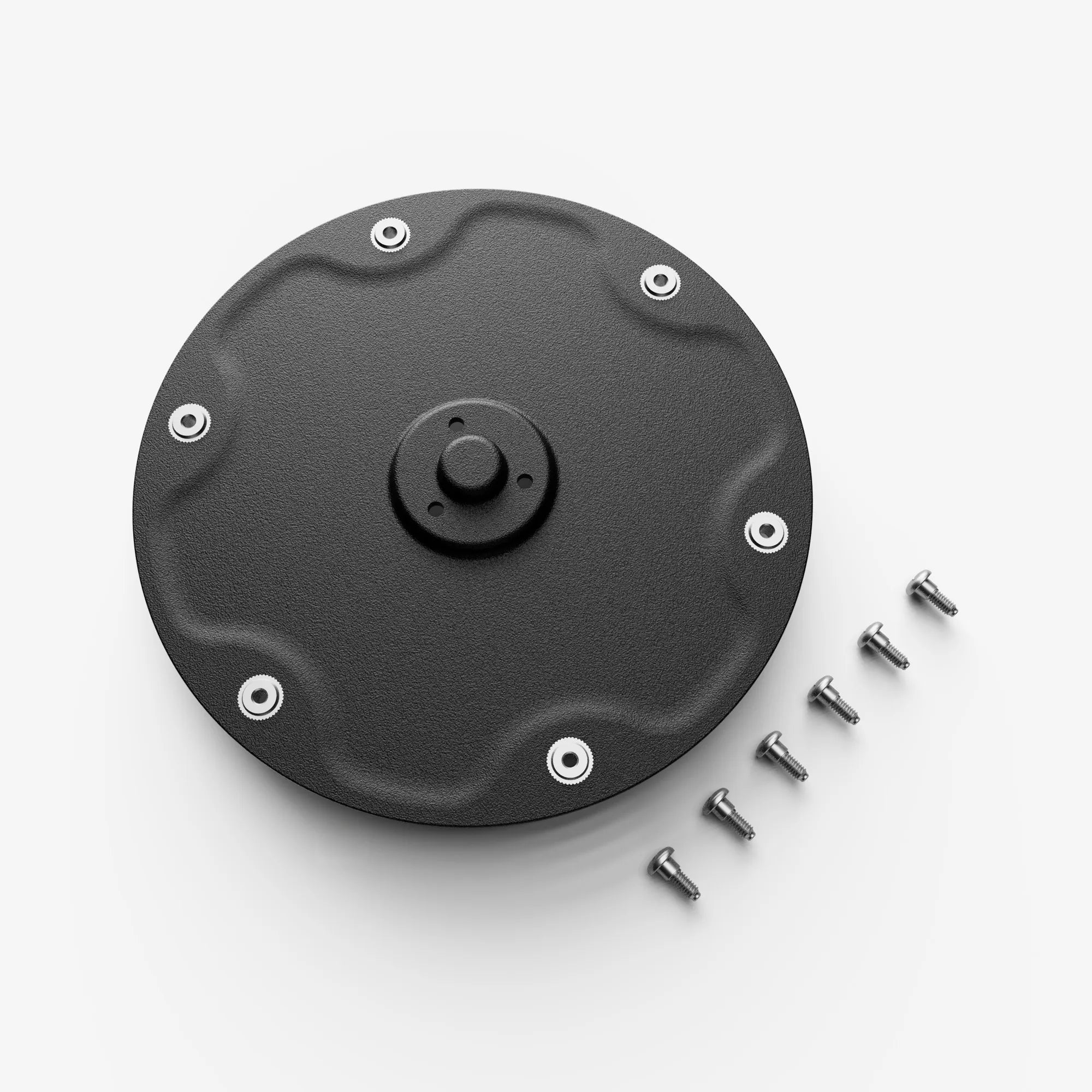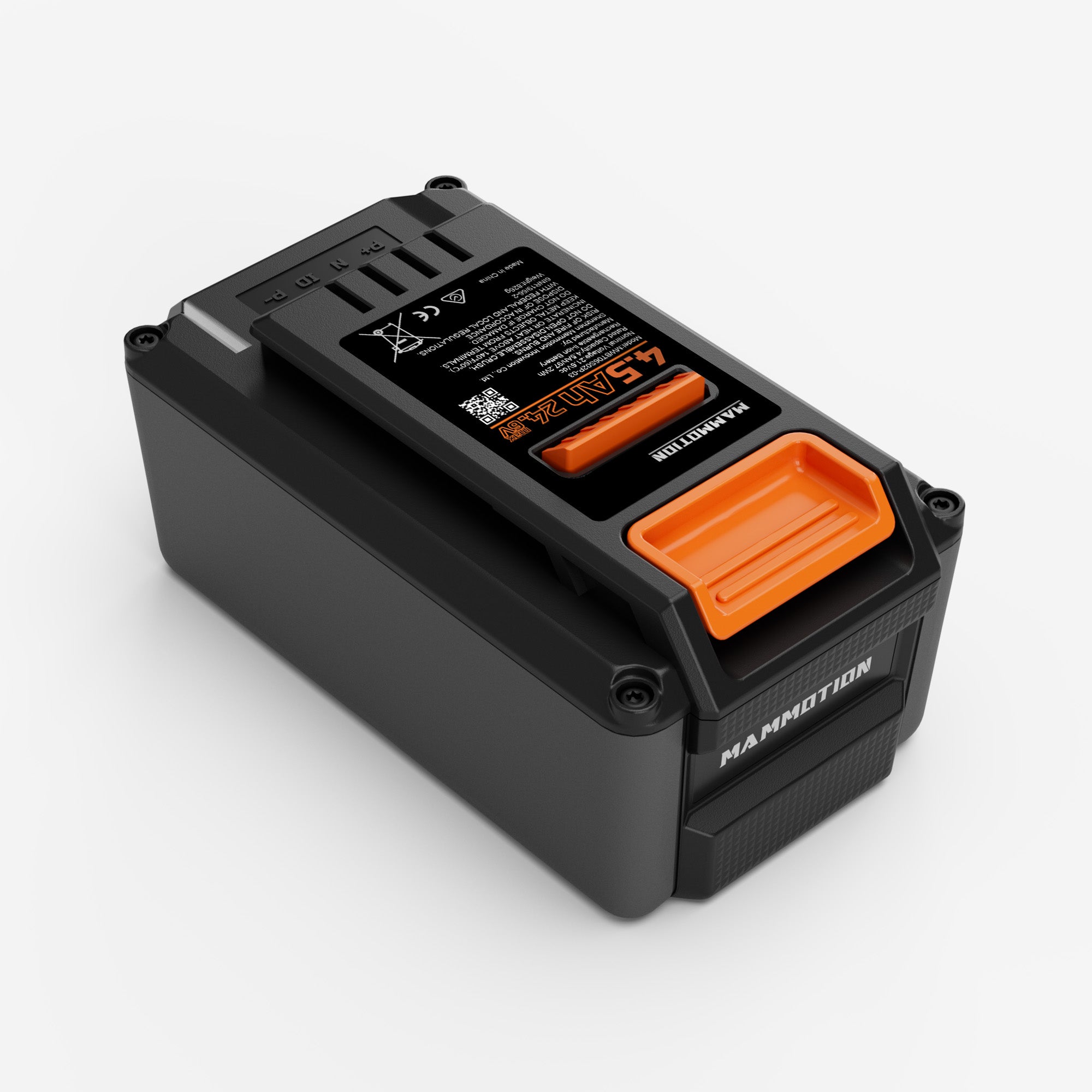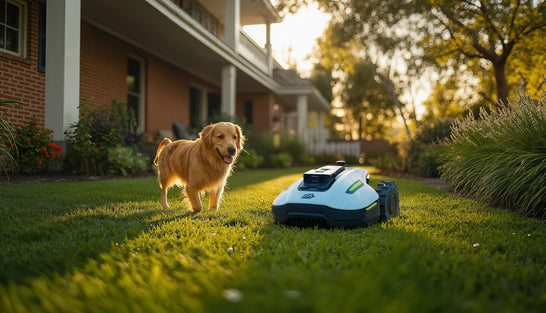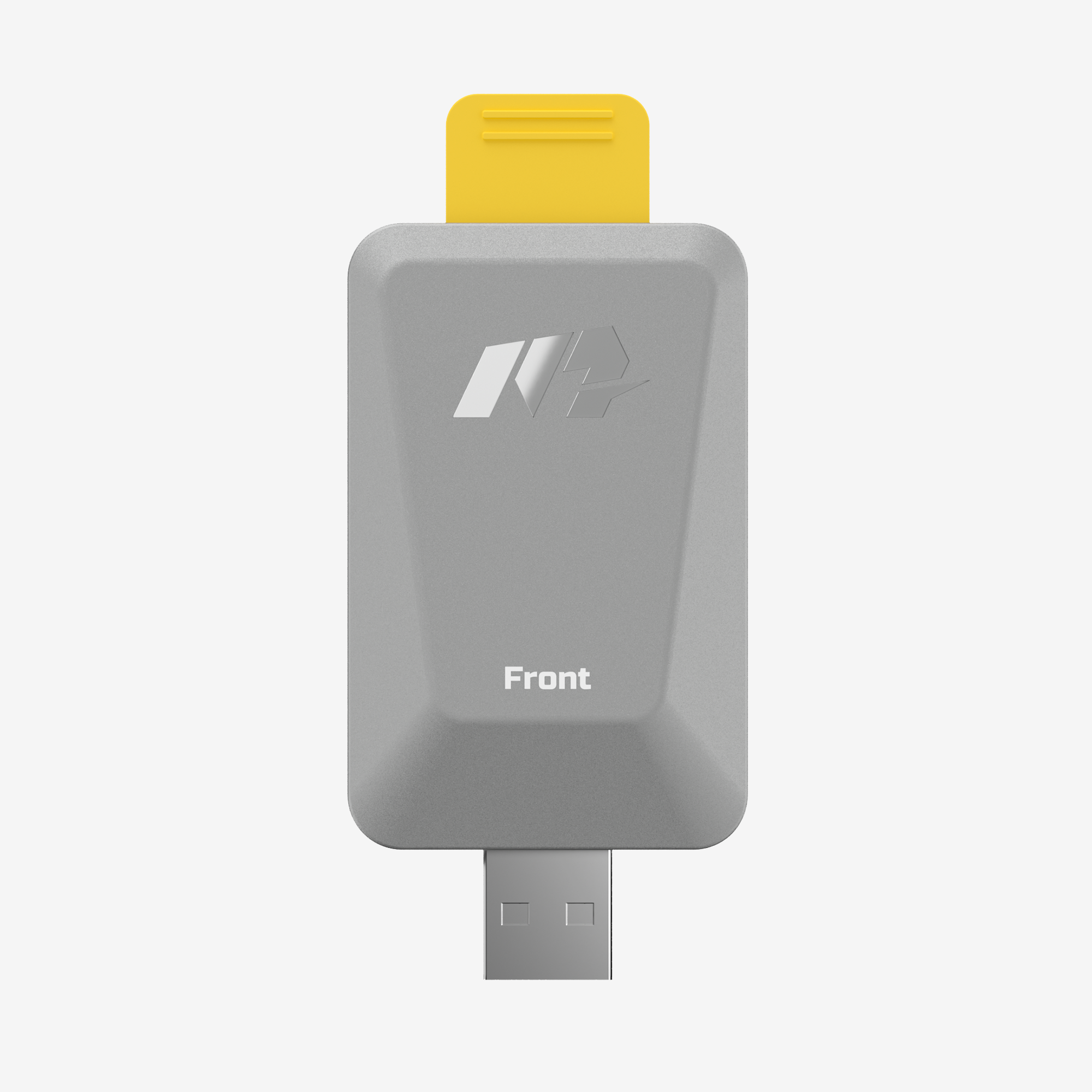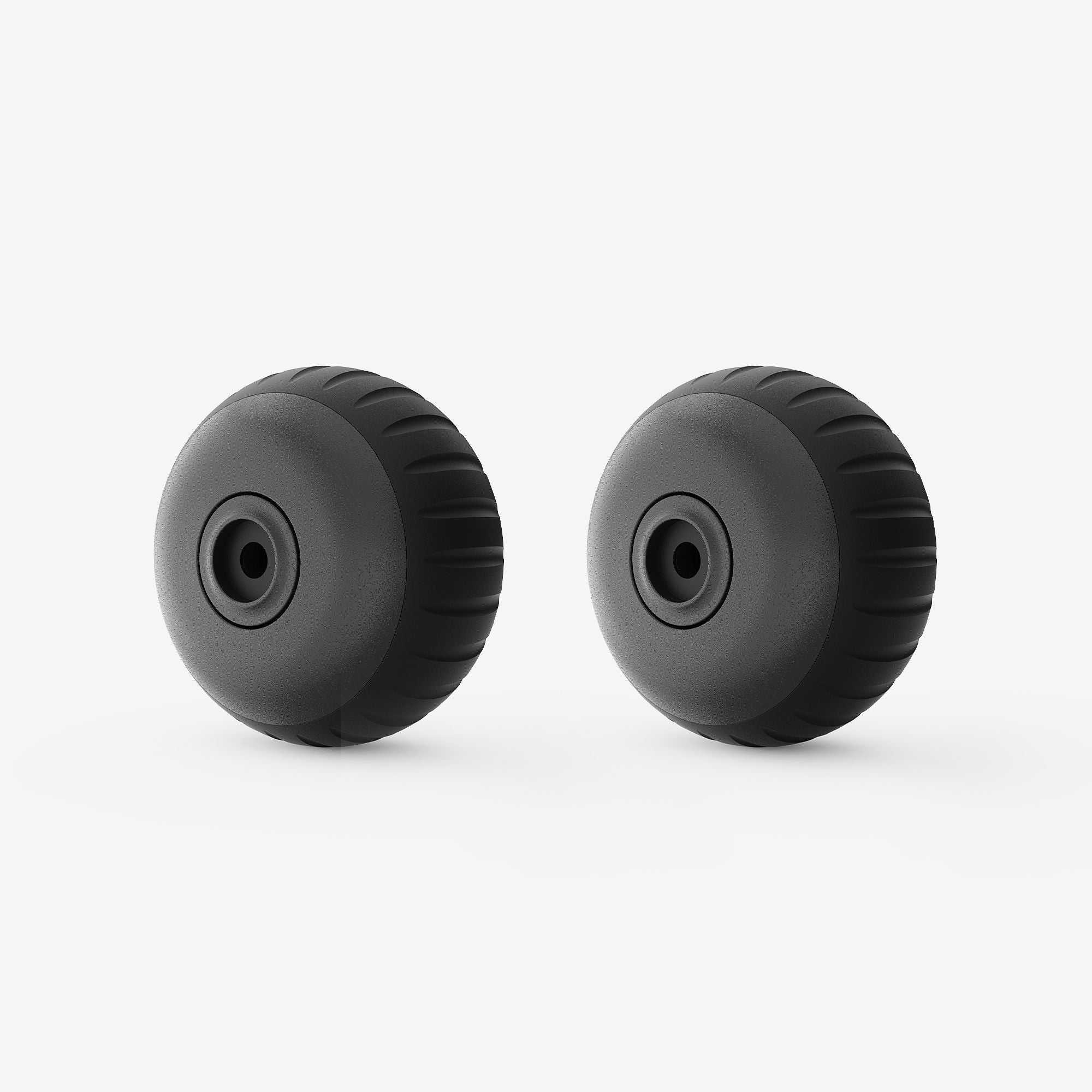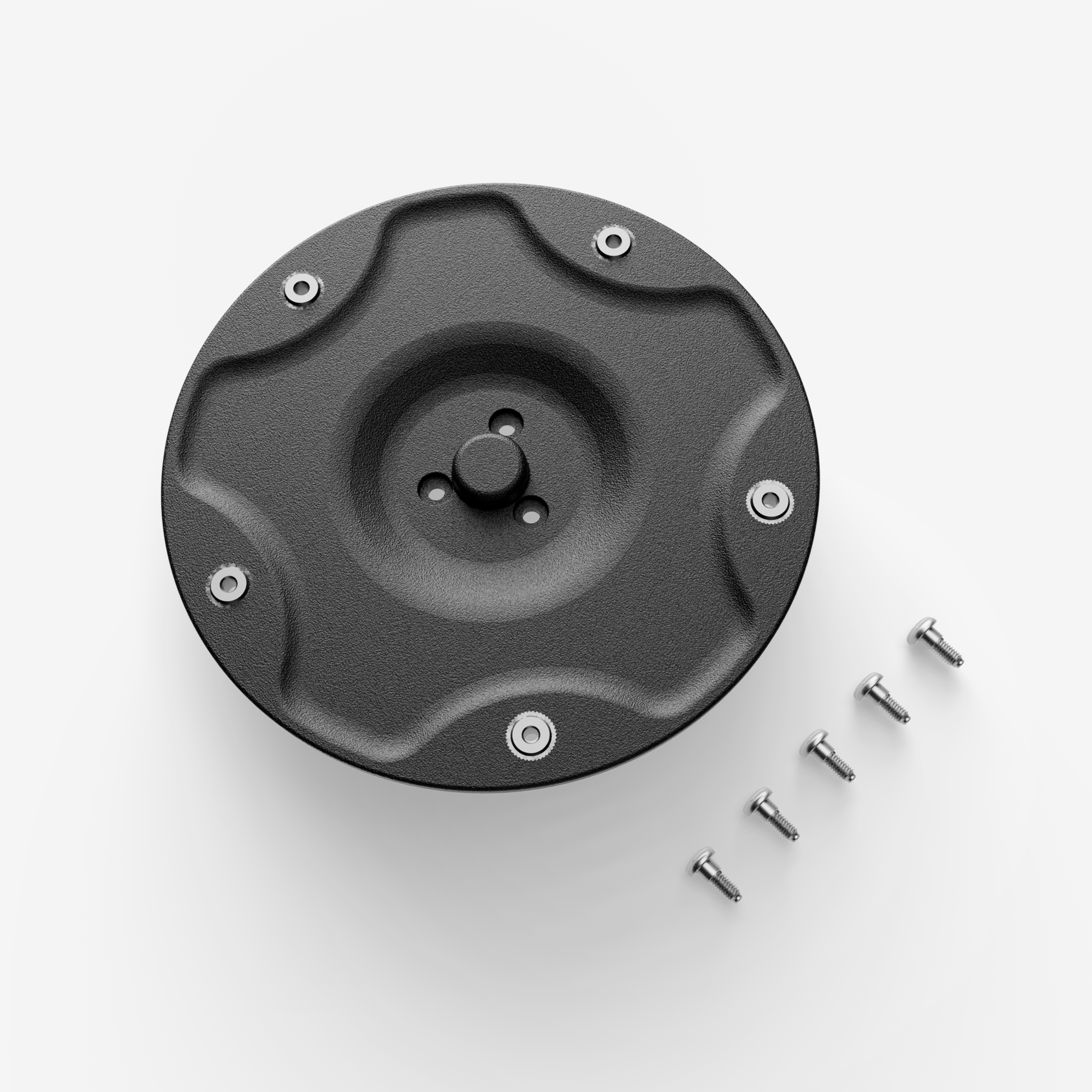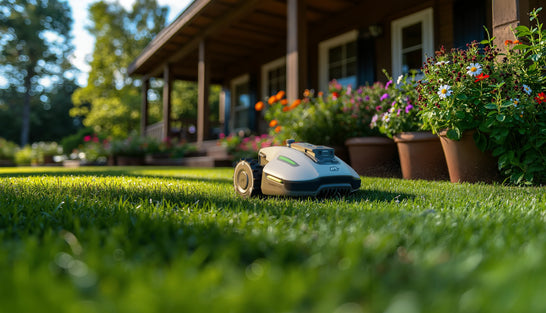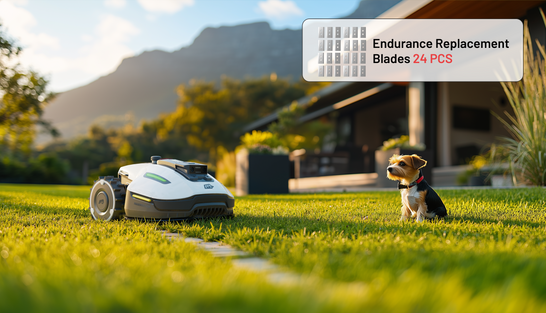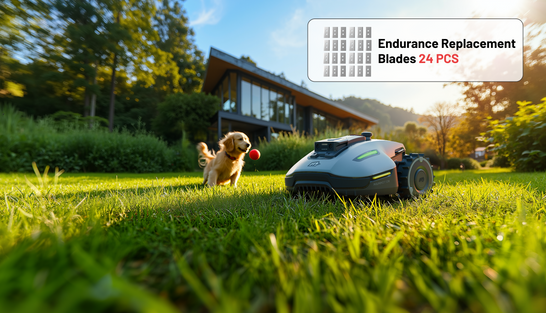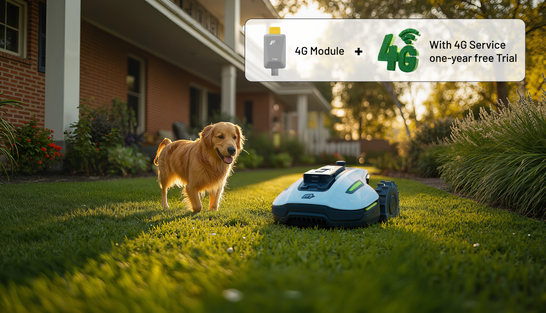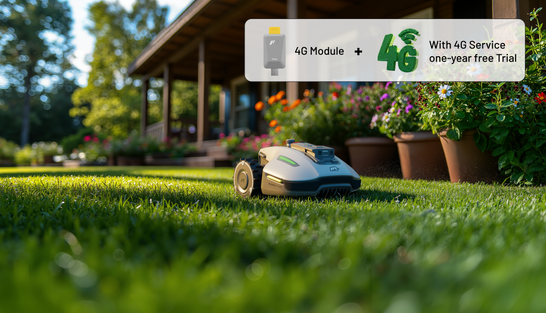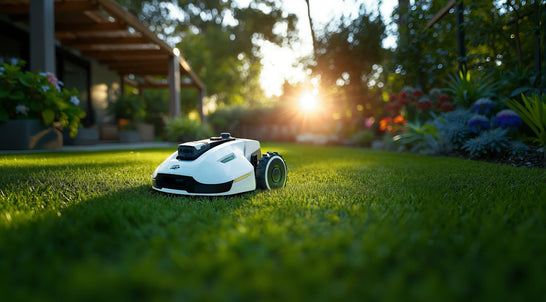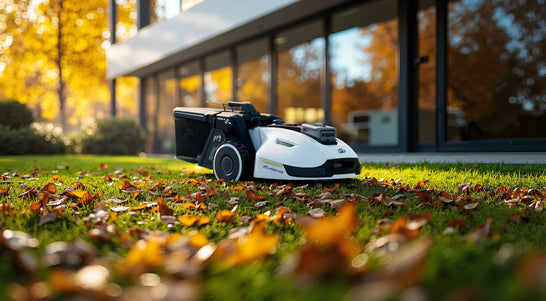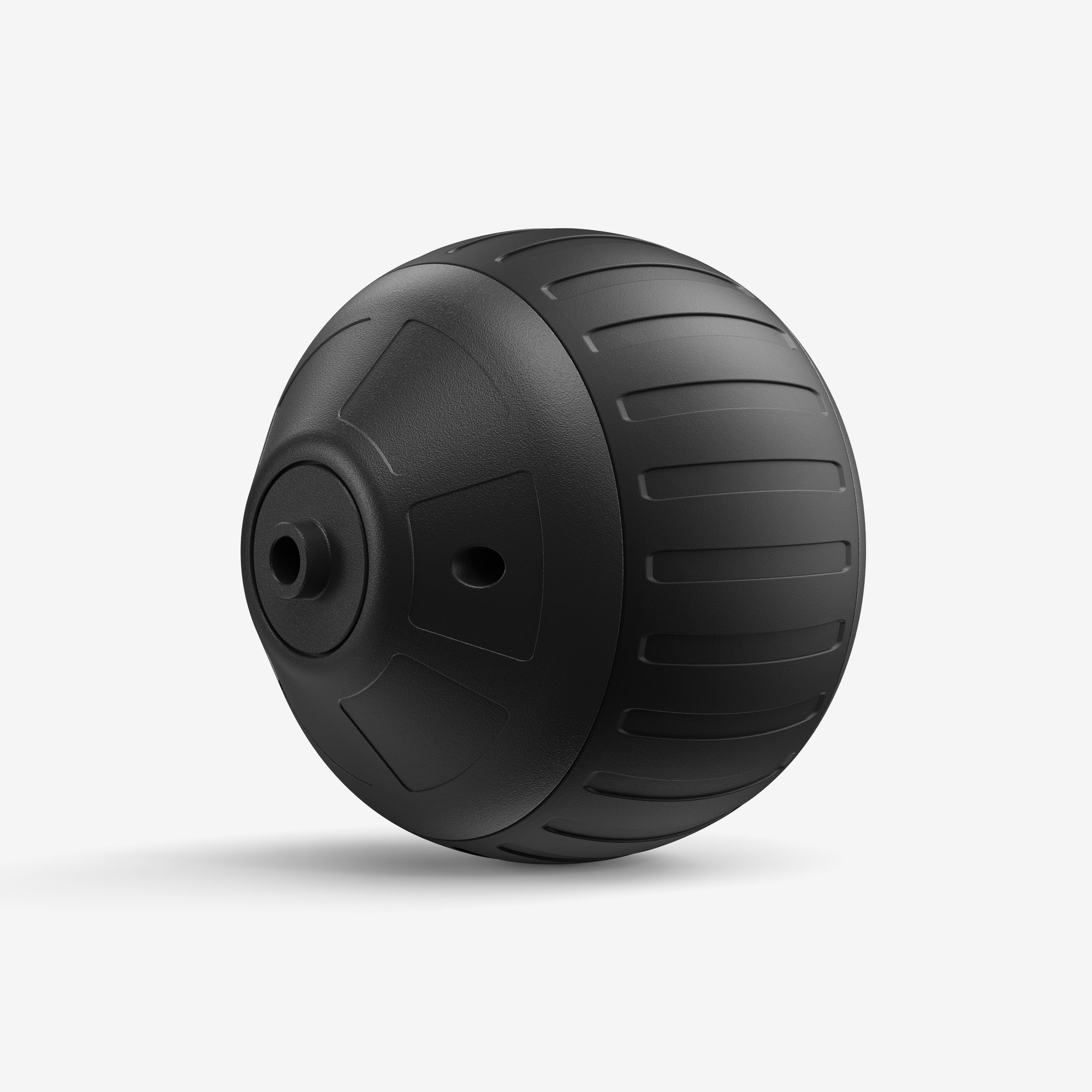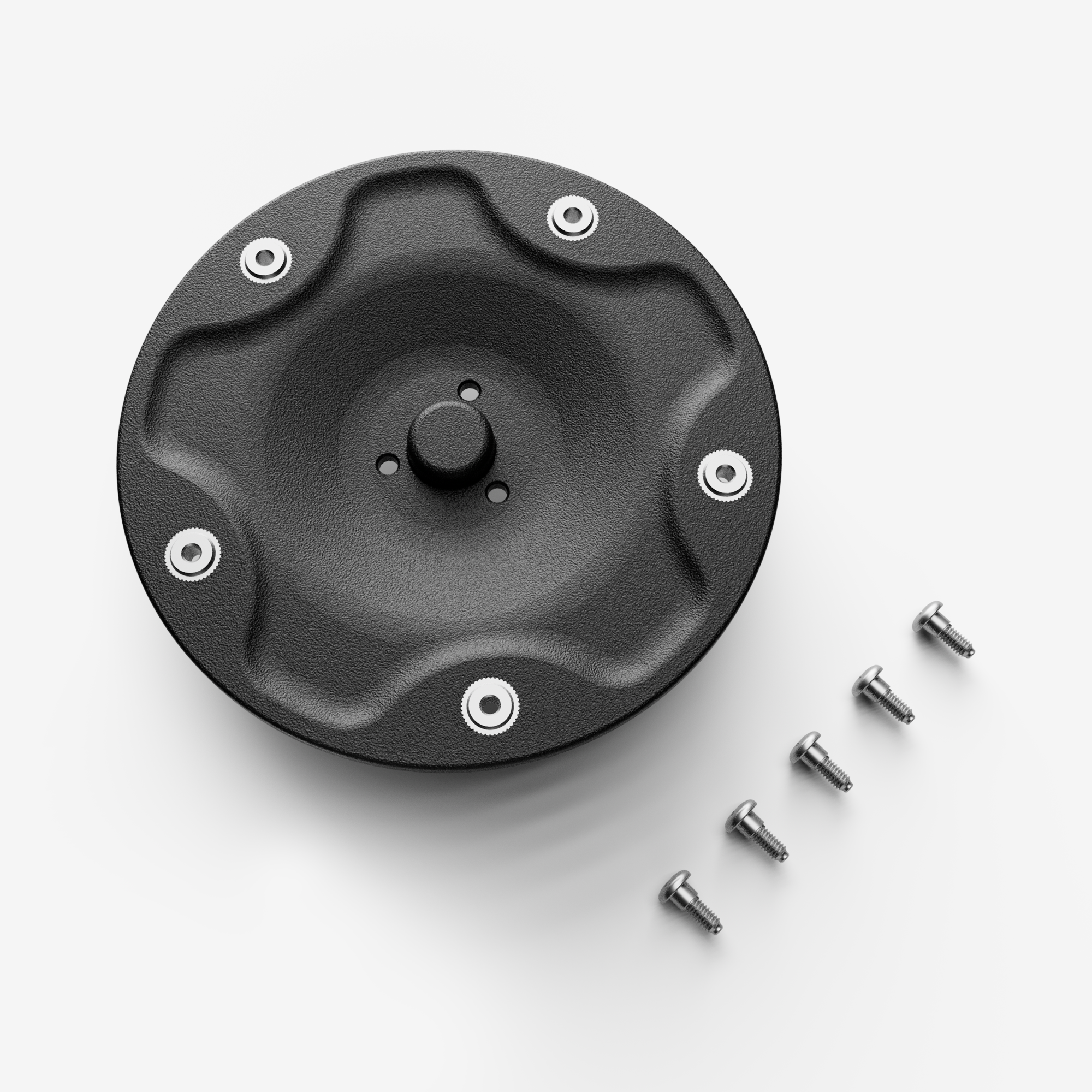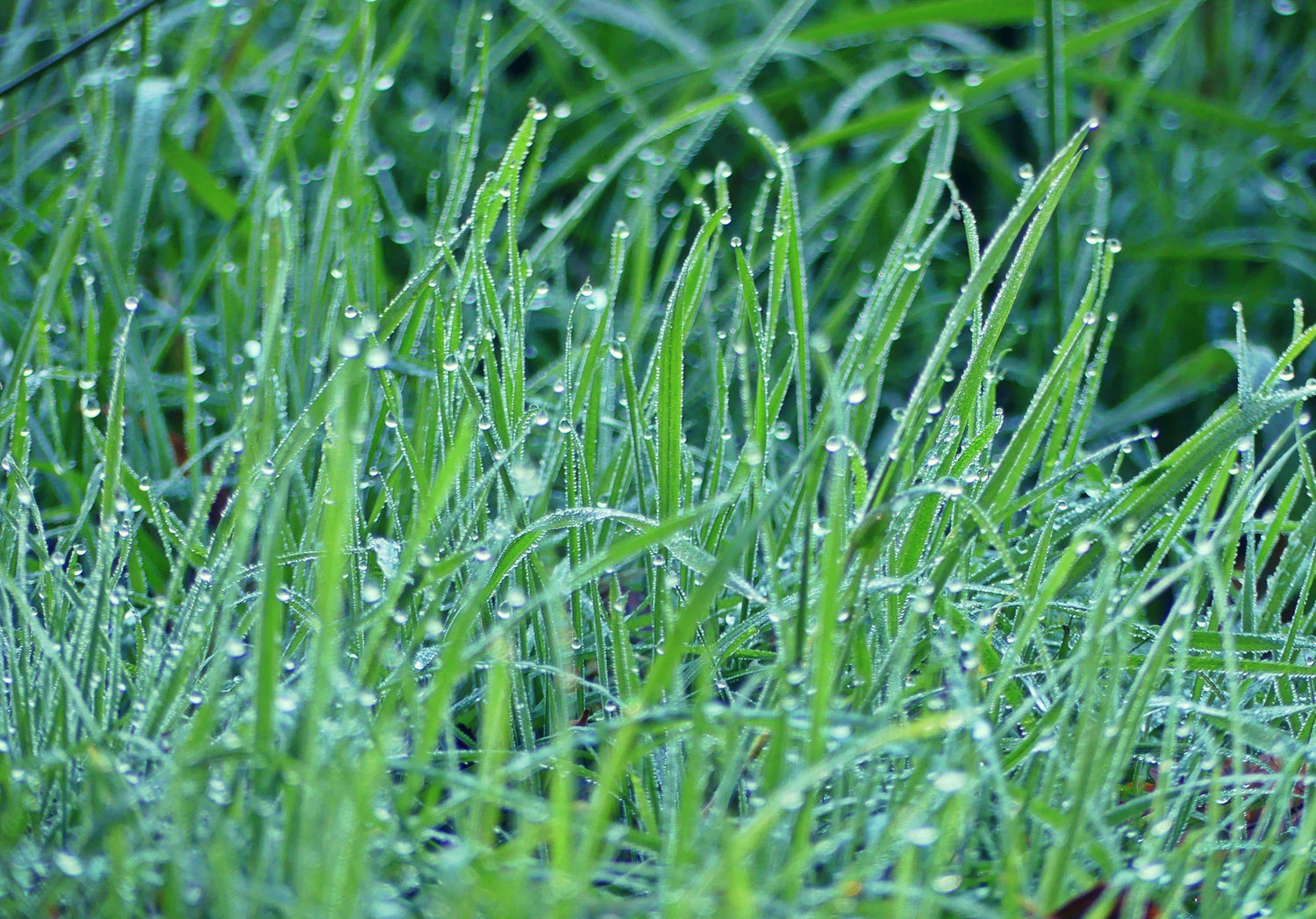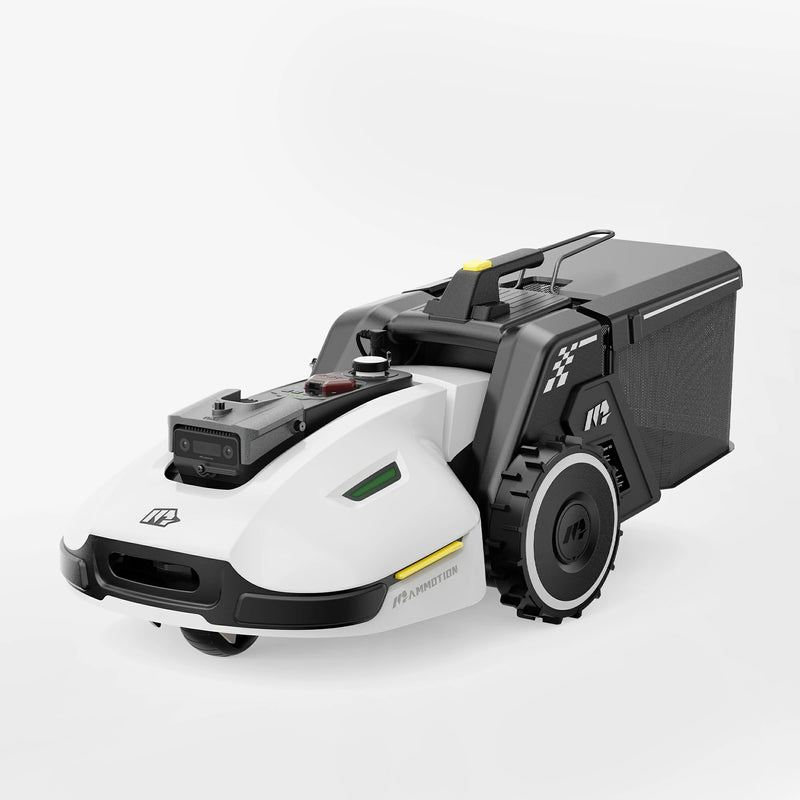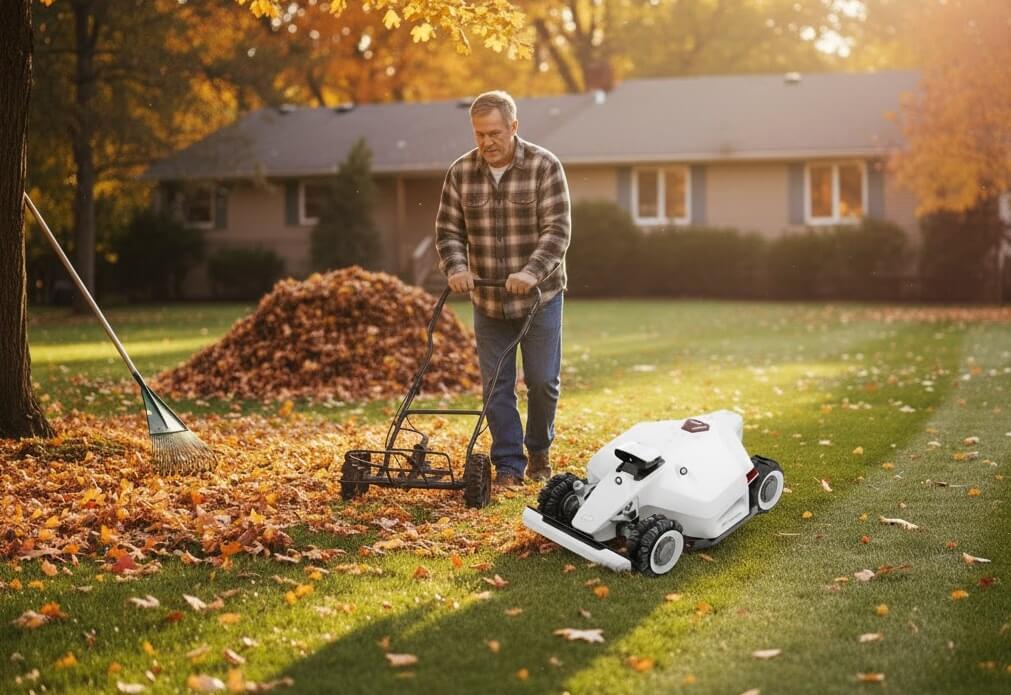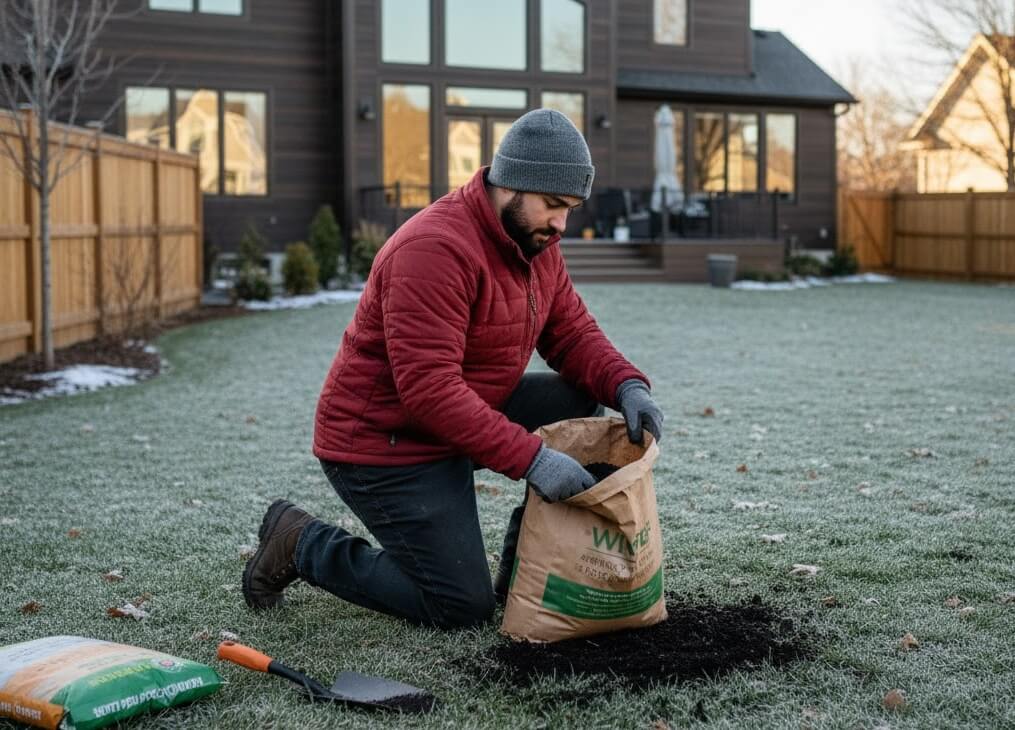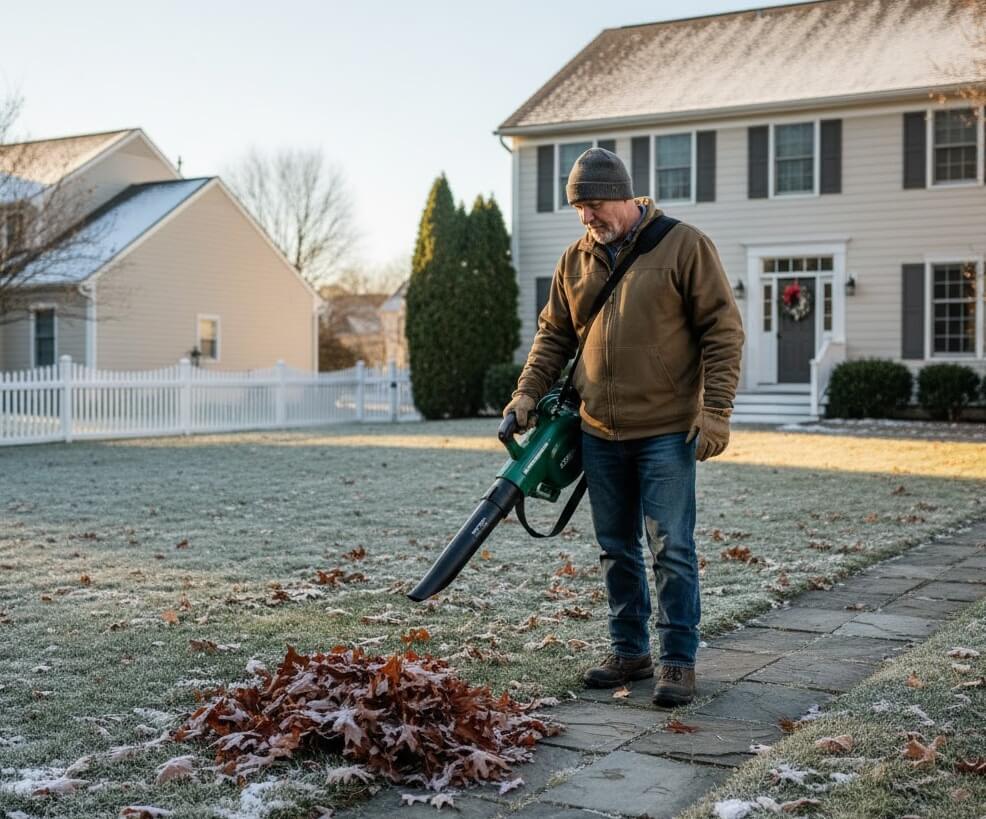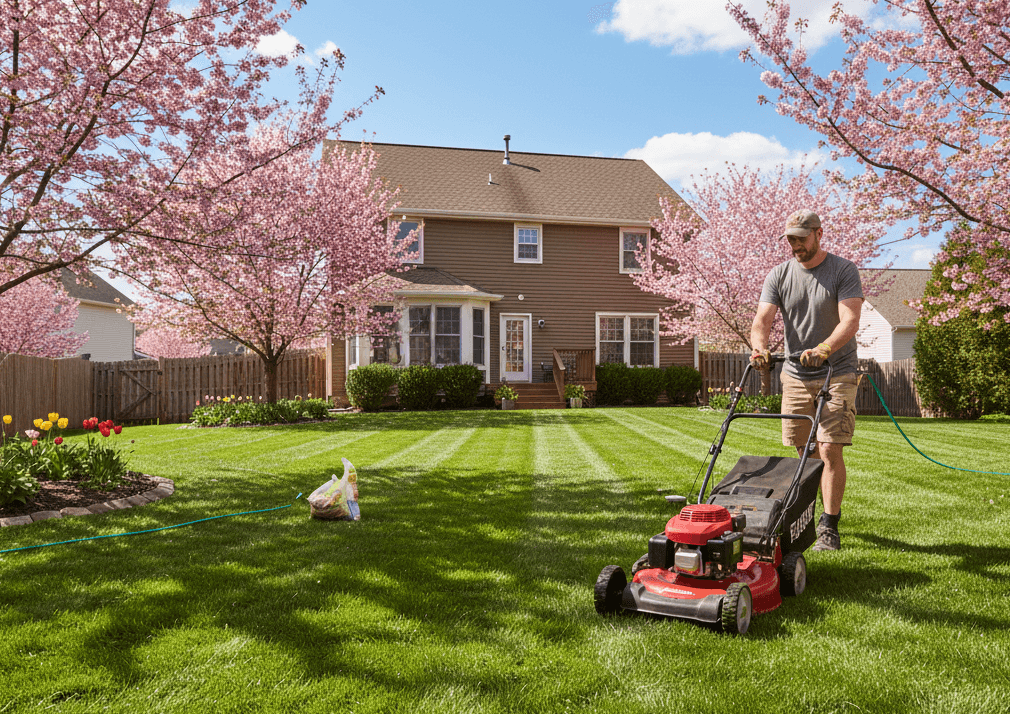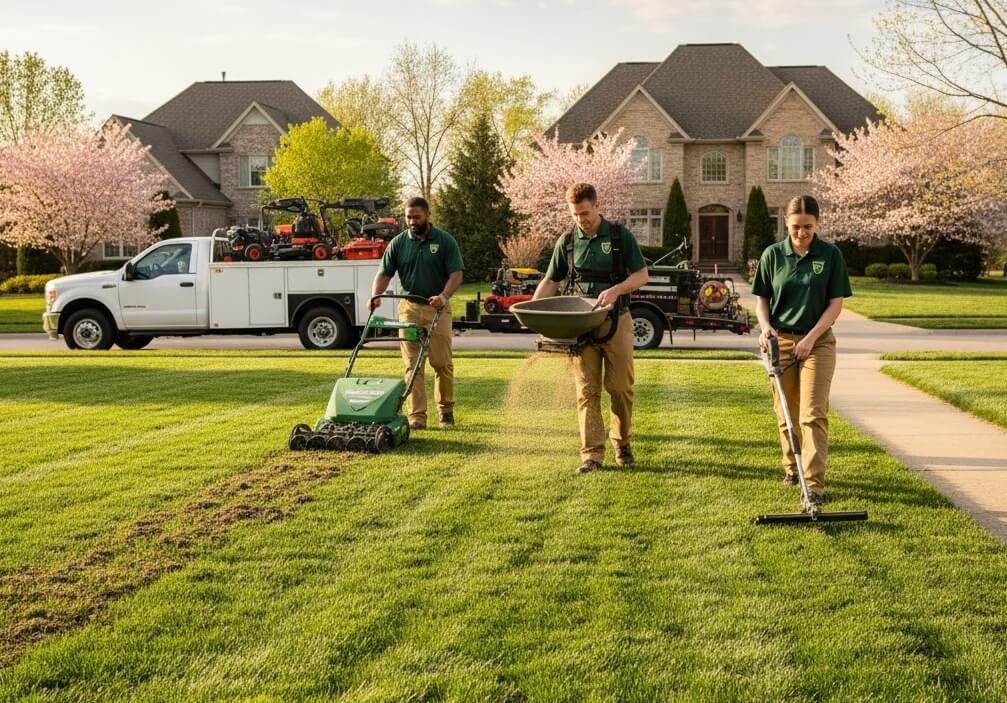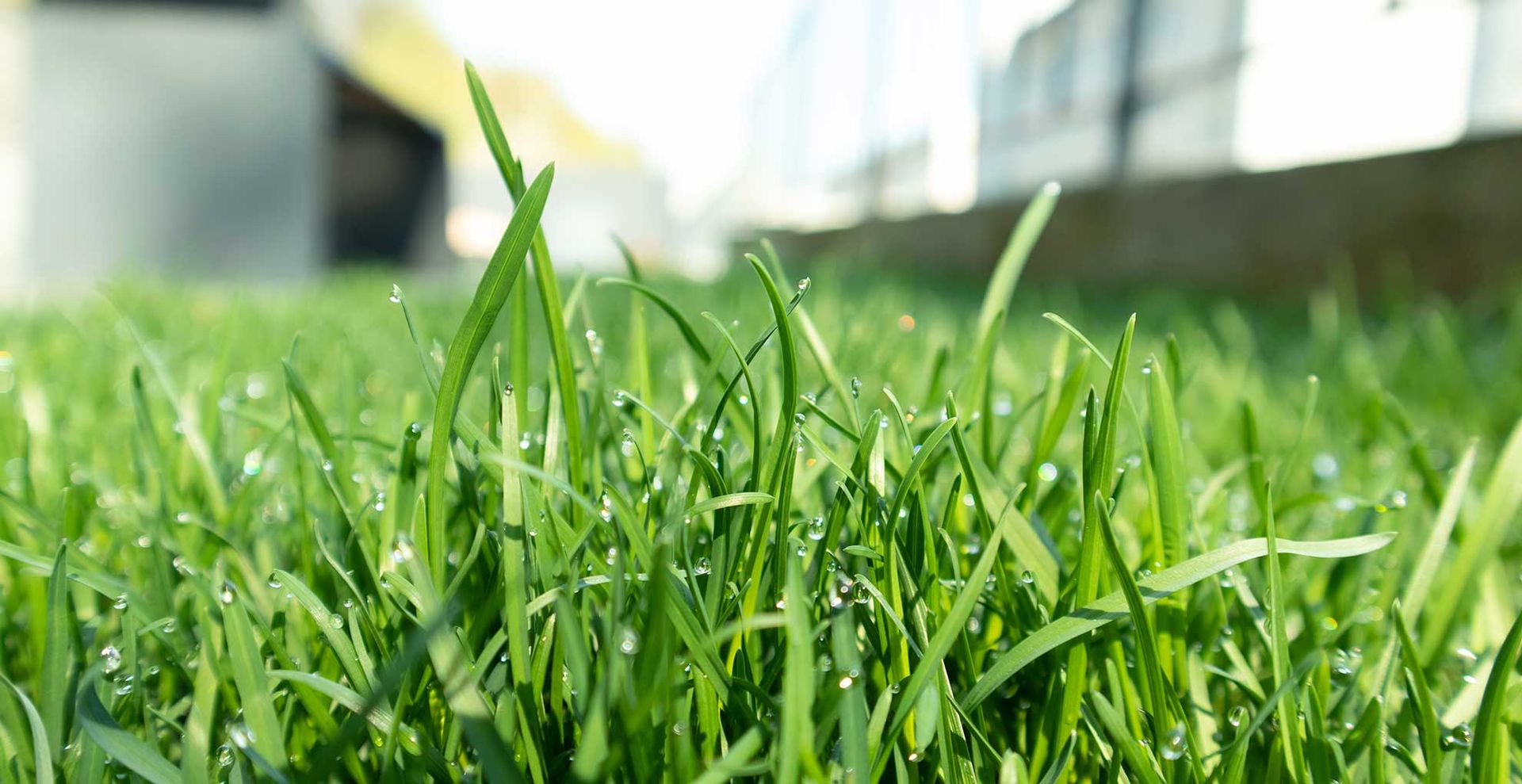When it comes to lawn care, one question that often arises is can you mow the lawn when the grass is wet? The short answer is: no, it’s generally not advisable to mow wet grass. While it might seem like a quick and convenient solution, mowing when the grass is wet can lead to a variety of problems that can harm both your lawn and your mower. In this article, we’ll explain the reasons why mowing wet grass is not recommended and what you can do to ensure a healthier lawn and a longer-lasting mower.
Why You Shouldn't Mow Wet Grass
Mowing the lawn while it’s wet may seem like an easy way to get the job done, but it can cause a series of problems for both your lawn and your equipment. Here's why it’s best to wait for the grass to dry before mowing.
1. Impact on Lawn Health
Increased Risk of Lawn Diseases: Wet grass creates an ideal environment for fungal diseases, such as brown patch, anthracnose, and red thread. When the mower cuts through wet grass, the blades get torn instead of making clean, smooth cuts. These tears make the grass more vulnerable to fungi, which can spread quickly, leading to patches of dead or diseased grass.
Spread of Lawn Diseases: When mowing wet grass, the mower doesn’t just harm the grass; it also increases the risk of spreading these diseases throughout the lawn. The mower blades can transfer fungal spores from one area to another, causing even more widespread damage.
2. Poor Mowing Results
Uneven Cuts: Wet grass bends under the weight of the water, preventing the mower blades from making clean cuts. Instead of cutting the grass evenly, the mower tends to tear it, leaving behind uneven patches. This not only makes the lawn look messy but can also hinder healthy grass growth.
Clumping of Grass Clippings: Wet grass tends to clump together, forming large masses of clippings that are left behind on the lawn. These clumps block airflow and prevent sunlight from reaching the grass beneath, stifling the lawn's growth. Additionally, these clumps can be difficult to remove, leaving you with an unsightly, uneven lawn.
3. Damage to the Mower
Clogging the Mower: Wet grass clumps are heavy and sticky, making them more likely to clog the mower’s blades, discharge chute, or bagging system. This not only puts extra strain on the mower, causing it to work harder than necessary but can also lead to costly repairs or breakdowns if the mower gets jammed or overheated.
Corrosion: Wet grass contains moisture that, over time, can cause rust to form on the mower’s metal parts. If you frequently mow wet grass, the blades and other components may deteriorate faster, shortening the lifespan of the mower.
4. Safety Hazards
Slipping Risk: Wet grass is slippery, increasing the risk of falling while mowing. This is especially dangerous on uneven ground or slopes. Falling can result in serious injury, particularly when operating a machine with sharp, spinning blades.
Electric Mower Hazards: If you're using a corded electric mower, there’s an additional danger of electric shock. If the extension cord is damaged and comes into contact with the wet grass, it could lead to a dangerous situation. Even if you’re using a battery-powered mower, the risk of slipping remains a concern.
The Impact of Mowing Wet Grass on Lawn Health
Mowing wet grass can have lasting effects on the overall health and appearance of your lawn. Here’s how mowing when the grass is wet can cause problems for your lawn’s growth and vitality.
1. Suffocating the Roots
Oxygen Deprivation: Mowing wet grass can lead to soil compaction. When your lawn is soaked, the soil beneath it becomes soft and spongy. Mowing over wet soil presses it down, making it harder for oxygen to reach the grassroots. Without adequate oxygen, the grass struggles to grow strong and healthy, leading to thin, weak patches.
Poor Grass Growth: Wet grass clumps tend to form when mowing in damp conditions, and these clumps sit on top of the soil. This blocks sunlight and airflow from reaching the grass, preventing it from getting the necessary nutrients for growth. Over time, this can cause areas of the lawn to become sparse or thin, affecting the overall look and feel of your yard.
2. Increased Risk of Lawn Disease
Fungi and Mold: Wet conditions are a perfect breeding ground for lawn diseases, particularly fungal infections. When you mow wet grass, the mower blades tear the grass, which leaves it vulnerable to fungal diseases like anthracnose, brown patch, and red thread. These diseases thrive in moist environments, and once the fungi invade, they can spread quickly across your lawn, causing widespread damage.
Signs of Disease: The first signs of disease after mowing wet grass may include brown spots, patchy areas, or unusual growth patterns. Brown patch and anthracnose, for example, can lead to irregularly shaped brown patches of dead grass. If left untreated, these diseases can spread and weaken the lawn, making it difficult to restore it to a healthy state.
3. Detrimental Effects on Mower Performance
Motor Overload: Wet grass is heavier and denser than dry grass. As a result, mowing wet grass requires more power from your mower. This can cause the motor to work harder, which could overload the engine and reduce the mower's overall efficiency. Over time, this can shorten the life of the mower or result in costly repairs.
Cleaning Difficulty: When mowing wet grass, the clippings stick to the underside of the mower and become harder to clean. These clumps can clog the mower’s components, making it more difficult to maintain. A build-up of wet clippings on the blades also reduces the mower's cutting efficiency, leading to poor results and increased maintenance time.
Can You Mow the Lawn When It’s Wet? When is It Safe?
While mowing wet grass is generally not recommended, there are situations where you may wonder if it's safe or even necessary. Let’s explore how to determine whether it’s okay to mow your lawn and the conditions you should watch for.
1. How Wet is Too Wet?
After a Light Dew:
If your lawn is only slightly damp from morning dew or a light mist, mowing may be acceptable. However, you should ensure the grass is not overly wet to avoid uneven cuts and clumping.
After Rain:
Mowing immediately after a heavy rainstorm is risky. Wet grass holds more moisture, making it heavy and prone to clumping. The soil may also be soft, increasing the chances of soil compaction and mower damage. Wait until the grass is visibly dry and does not stick to your shoes before mowing.
2. How to Check if the Grass is Dry Enough
Touch Test:
Walk across the lawn and check the grass with your hands or feet. If your shoes or hands come away wet, it’s too early to mow. Grass that feels mostly dry is likely safe for mowing.
Visual Indicators:
Observe the grass closely. If it appears shiny or you see droplets of water clinging to the blades, the lawn is still too wet. Wait for the moisture to evaporate before mowing for the best results.
What to Do If You Have to Mow Wet Grass
Sometimes, circumstances leave you no choice but to mow a wet lawn—whether it's due to extended periods of rain or an urgent need for a tidy yard. In such cases, follow these best practices to minimize damage to your lawn, mower, and safety.
1. Preparation
Sharpen the Mower Blades:
Ensure your mower blades are sharp before starting. Sharp blades create cleaner cuts, even on wet grass, reducing the risk of tearing and fungal infections.
Raise the Mower Deck:
Set your mower deck to a higher level. Cutting less grass reduces stress on the mower and decreases the likelihood of large clumps forming.
Avoid Mulching:
Mulching wet grass can cause clogging in the mower and leave behind thick layers of clippings that suffocate the lawn. Instead, use a grass catcher or discharge the clippings.
2. During Mowing
Mow Slowly:
Proceed at a slower pace to allow the mower to handle the additional weight and resistance of wet grass effectively. This reduces strain on the machine and ensures a more even cut.
Clean the Mower Regularly:
Stop periodically to clean the underside of the mower. Removing grass buildup helps the blades maintain optimal performance and prevents clogs.
Use a Grass Catcher:
If possible, attach a grass catcher to your mower. This prevents clumps of wet clippings from accumulating on the lawn and allows for easier cleanup. Or you can try Mammotion YUKA 2-in-1: Meet Self-empty Lawn Sweeping Mower.
3. Post-Mowing Care
Inspect the Lawn for Damage:
After mowing, check for signs of lawn damage, such as torn grass or compacted soil. Address any issues promptly to avoid long-term harm.
Thoroughly Clean the Mower:
Clean all parts of the mower, paying special attention to the blades and underside. Proper cleaning prevents rust and ensures the mower is ready for future use.
How to Prevent Mowing Wet Grass in the Future
Proactively managing your lawn’s moisture levels and drainage can help you avoid the need to mow wet grass altogether. By implementing these strategies, you can maintain a healthy lawn and reduce the challenges associated with excessive moisture.
1. Improving Lawn Drainage
Aeration:
Aerate your lawn regularly to break up compacted soil and improve water absorption. This process increases airflow to the grassroots, helping the soil dry more quickly after rain.
Regrading:
If your yard consistently retains water, regrading may be necessary. A properly graded lawn ensures water flows away from low-lying areas, preventing pooling and waterlogging.
Install Drainage Solutions:
Consider adding French drains or other drainage systems to help direct excess water away from your lawn. This is especially useful for lawns in areas with heavy rainfall.
2. Choosing the Right Grass
Drought-Resistant Grass:
Opt for drought-resistant grass varieties that are more resilient in fluctuating moisture conditions. These grasses typically require less frequent mowing and recover quickly from stress.
Low-Maintenance Options:
Certain grass types are better suited for wet climates. Choose a variety that tolerates higher moisture levels and remains healthy even in damp conditions.
3. Optimizing Lawn Care Practices
Watering Schedule:
Adjust your irrigation system to avoid overwatering. Water early in the morning to allow the grass to dry during the day and prevent fungal growth.
Monitor Weather Conditions:
Keep an eye on the forecast to plan mowing sessions around dry spells. Avoid watering your lawn if rain is predicted soon.
Conclusion
Mowing the lawn when the grass is wet is a question many homeowners face, but the risks often outweigh the benefits. Wet grass can lead to uneven cuts, lawn disease, mower damage, and safety hazards, making it less than ideal for maintaining a healthy, vibrant yard.If you absolutely must mow in wet conditions, follow the tips shared in this guide—such as sharpening your mower blades, raising the mower height, and cleaning the machine thoroughly—to minimize damage. However, the best practice is to wait until the grass is dry, ensuring optimal results and long-term lawn health.Timing is everything when it comes to mowing. Aim for mid-morning or late afternoon on dry days for the best outcomes. Also, consider improving drainage, aerating the soil, and selecting the right grass varieties to reduce the need for wet mowing in the future.By understanding the risks and best practices, you can confidently answer the question, “Can you mow the lawn when the grass is wet?” While it’s possible, it’s usually better to wait for ideal conditions. Your lawn (and your mower) will thank you!

